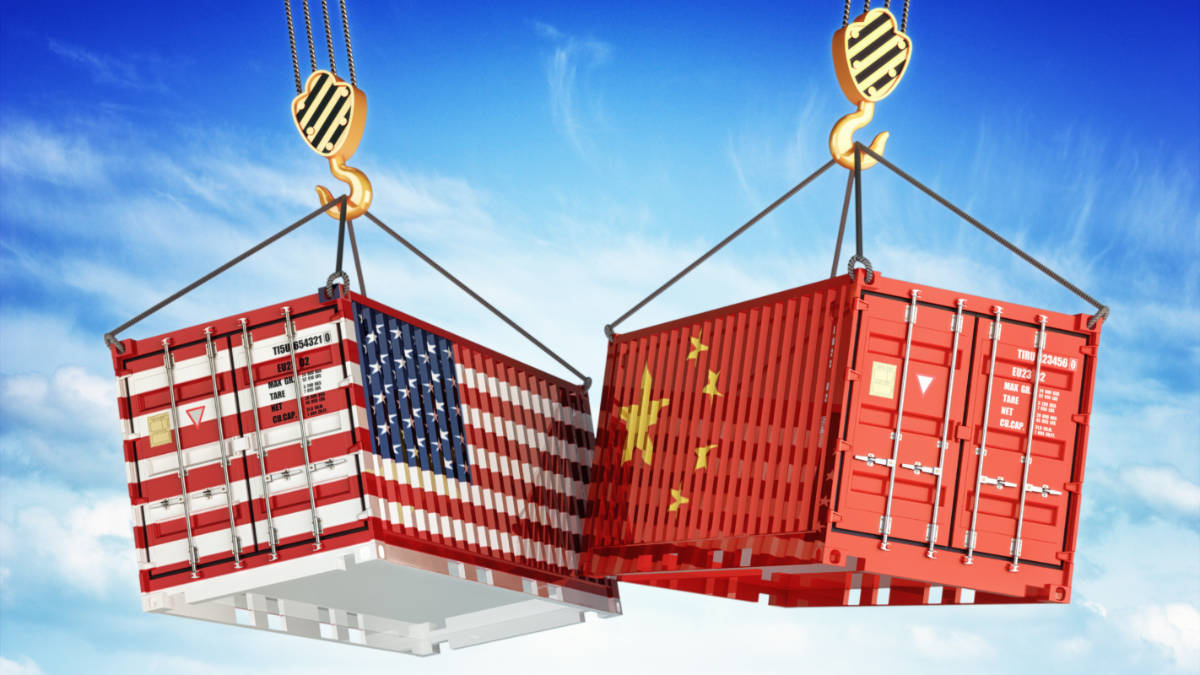Beijing’s export resurgence redefines the balance of power

Pic: Getty Images
China’s resurgence in global trade is reshaping the power dynamics between the world’s two largest economies.
While the United States doubles down on tariffs and technology restrictions, Beijing’s factories are roaring back to life, fuelling a fresh phase of competition that is more strategic than transactional.
The latest trade figures show China’s exports climbing strongly in September, confounding expectations that Western restrictions would curb its momentum. For Washington, this rebound lands at a delicate moment.
The US administration has sought to use tariff pauses as a bargaining chip, pressing Beijing to ease proposed controls on the export of critical rare-earth materials. Yet the data emerging from China suggest that the leverage may no longer be one-sided.
Rare earths are not just another line item in trade negotiations. They underpin the production of electric vehicles, semiconductors, advanced weaponry, and clean energy infrastructure – the building blocks of the twenty-first-century economy. By tightening its export licensing regime for these materials, Beijing is signalling that it can, if it chooses, determine the tempo of industrial progress around the world.
For Washington, this is a strategic vulnerability. The United States can impose tariffs, but it cannot quickly substitute the inputs its industries depend on.
Meanwhile, Beijing’s ability to maintain export growth while redirecting trade flows toward Asia, Africa, and Latin America demonstrates how deeply its manufacturing ecosystem is embedded in the global economy.
The US remains the largest single consumer market, but China remains the producer the world cannot easily do without.
This asymmetry is defining the new trade environment. Tariffs are no longer merely tools of protectionism; they have become instruments of geopolitical signalling. Both sides are testing how much economic strain they can endure in pursuit of strategic dominance.
What makes this episode particularly significant is that China’s export expansion is being driven by markets outside the United States.
Its shipments to Europe, Southeast Asia, and developing economies are accelerating, reflecting years of investment in logistics, infrastructure, and regional partnerships. In effect, Beijing has insulated itself against the kind of isolation that Washington once assumed was achievable through tariffs.
The implication is clear: the global economy is fragmenting into competing blocs, but production capacity remains overwhelmingly concentrated in China.
The West’s attempts to rewire supply chains are underway – from semiconductor incentives to reshoring programs – yet these efforts take time and vast capital. In the meantime, China’s export machine continues to hum, sustaining growth not only for itself but for a vast network of suppliers and consumers.
For investors, this evolving landscape presents both challenges and openings. The immediate reaction in financial markets — rising commodity prices, currency fluctuations, and shifts in manufacturing equities – reflects uncertainty about the next phase of the standoff. But beyond the turbulence lies a longer-term opportunity.
Periods of economic rivalry often produce innovation, diversification, and regional development as companies and countries seek to hedge against political risk.
The lesson is not to retreat from global exposure, but to rethink its composition. Investors should be attentive to economies positioned to capture manufacturing that migrates out of China, such as Vietnam, India, and Mexico, as well as sectors linked to automation, logistics, and energy transition.
The demand for alternative supply chains will create new winners, even as the world’s industrial centre of gravity remains anchored in East Asia.
At the same time, inflation dynamics could become more unpredictable. If tariffs rise and supply bottlenecks persist, price pressures could re-emerge just as central banks are preparing to ease policy.
This would complicate monetary decision-making and amplify volatility across asset classes. A carefully diversified approach, balancing exposure between growth and value assets, will be essential to managing that risk.
Beyond the market implications, the deeper issue is the durability of globalisation itself. The contest between Washington and Beijing is no longer about who sells more goods to whom; it is about who defines the rules of technological and economic progress. Each side is determined to prove self-sufficiency in areas that once relied on mutual interdependence.
China’s export strength gives President Xi Jinping confidence at a time when the United States is searching for leverage. The figures are more than economic data – they are political capital. They enable Beijing to engage from a position of resilience, knowing that its industrial foundation remains intact despite years of tariffs and sanctions.
For President Trump, the challenge is how to maintain pressure without alienating allies who depend on Chinese components and materials. A unilateral escalation risks isolating the United States just as much as it constrains China.
To be effective, American strategy will need coordination with Europe and Asia – something far harder to achieve amid diverging economic priorities.
The balance of economic power is not shifting overnight, but it is shifting. China’s ability to sustain export momentum while absorbing external shocks marks a turning point. It reveals a world in which trade disputes are less about deficits and more about dominance over critical resources and technologies.
As investors, policymakers, and businesses assess the months ahead, they would do well to look beyond the headline tariffs. The deeper story is one of structural competition between two economic systems – and for now, Beijing’s export engine is giving it the upper hand.
Nigel Green is the group CEO and founder of deVere Group, an independent global financial consultancy.
The views, information, or opinions expressed in the interviews in this article are solely those of the author and do not represent the views of Stockhead.
Stockhead does not provide, endorse or otherwise assume responsibility for any financial advice contained in this article.
Related Topics
UNLOCK INSIGHTS
Discover the untold stories of emerging ASX stocks.
Daily news and expert analysis, it's free to subscribe.
By proceeding, you confirm you understand that we handle personal information in accordance with our Privacy Policy.








